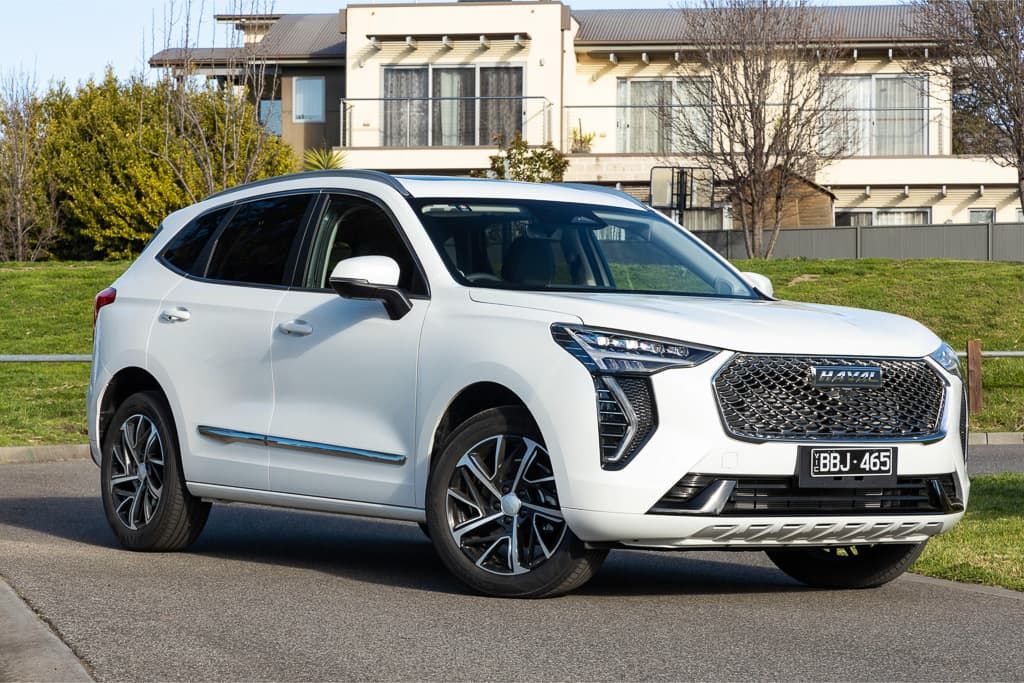When you’re off-roading or cruising through unpredictable terrain, there’s one unsung hero that often gets forgotten until you desperately need it—the spare tire. As someone who lives and breathes cars, I’ve learned the hard way that spare-tire accessibility isn’t just a convenience—it’s a necessity.
Whether you’re facing a sidewall blowout on a gravel road or a slow leak in the city, being able to reach your spare easily can be the difference between a 10-minute fix and a multi-hour nightmare.
In the realm of SUVs—especially those marketed as rugged, off-road-ready or adventure-centric—spare-tire placement varies wildly. Some automakers keep it old-school, bolting the spare to the rear tailgate where you can reach it without breaking a sweat. Others hide it under layers of panels, upholstery, or even demand you unload the entire cargo just to get to it. It’s frustrating.
In this blog, I’m spotlighting 5 SUVs that absolutely nail spare-tire accessibility—they’re practical, smart, and designed for real-world driving. On the flip side, I’ll also list 5 SUVs that bury their spares like they’re guarding national secrets, turning a simple tire swap into a full-blown expedition.
Let’s dig into the spare-tire heroes and head-scratchers of the SUV world. Whether you’re an overlander, urban explorer, or just someone who hates digging around for tools, this list is your tire-changing Bible.
5 SUVs With the Best Spare-Tire Accessibility
If you’ve ever had to change a flat in the rain or on a muddy trail, you know how vital quick spare access is. These five SUVs get it right. With smart placements, easy-to-use mounts, and no-fuss removal systems, these vehicles make emergency tire changes stress-free. Here are five SUVs that truly respect your time and back.
ALSO READ: 5 Pickups with Best Trailer-Backup Assist and 5 Whose Cameras Glitch
1. Toyota Land Cruiser 70 Series
The Toyota Land Cruiser 70 Series is a pure-blooded off-road machine built for rugged terrain and remote expeditions. This SUV doesn’t mess around—and neither does its spare-tire design. Right on the rear swing-out door, the full-size spare stares at you proudly, begging to be used.
This design is all about practicality. No crawling under the chassis. No cargo unloading. It’s right there—accessible even if you’re knee-deep in sand or snow.
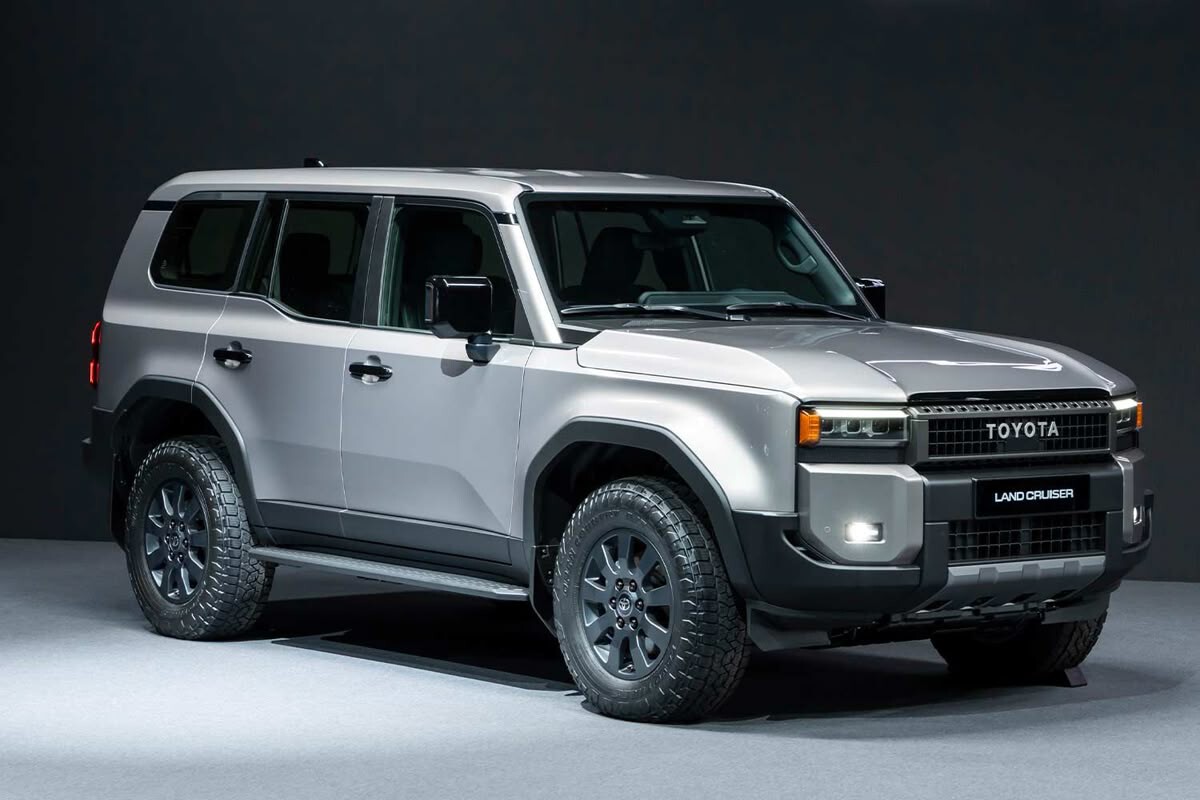
What’s more, the mount is rock solid. You won’t hear any rattling or deal with rusted release bolts. The positioning also lets you inspect the spare regularly, which is often neglected in underbody setups.
Toyota engineers knew this SUV would be pushed to the limit in deserts, mines, and highlands. So, the spare had to be battle-ready. The added benefit? It frees up underbody clearance and leaves your cargo area untouched. For serious overlanders and remote travelers, it’s a no-brainer.
In an era of buried spares and run-flat overkill, the Land Cruiser 70’s old-school rear-mount approach remains a gold standard. And yes, it looks pretty badass too.
2. Jeep Wrangler (JL)
When it comes to off-road credibility, the Jeep Wrangler JL is king. But what seals the deal for many Wrangler fans isn’t just its 4×4 prowess—it’s the sheer common sense in its design, like its easy-to-access rear-mounted spare tire.
Mounted on the tailgate, the spare is accessible even when the cargo area is packed to the roof. No crawling, no wrenching under the chassis. Just swing open the gate, unbolt the tire, and you’re good to go. It’s that simple.
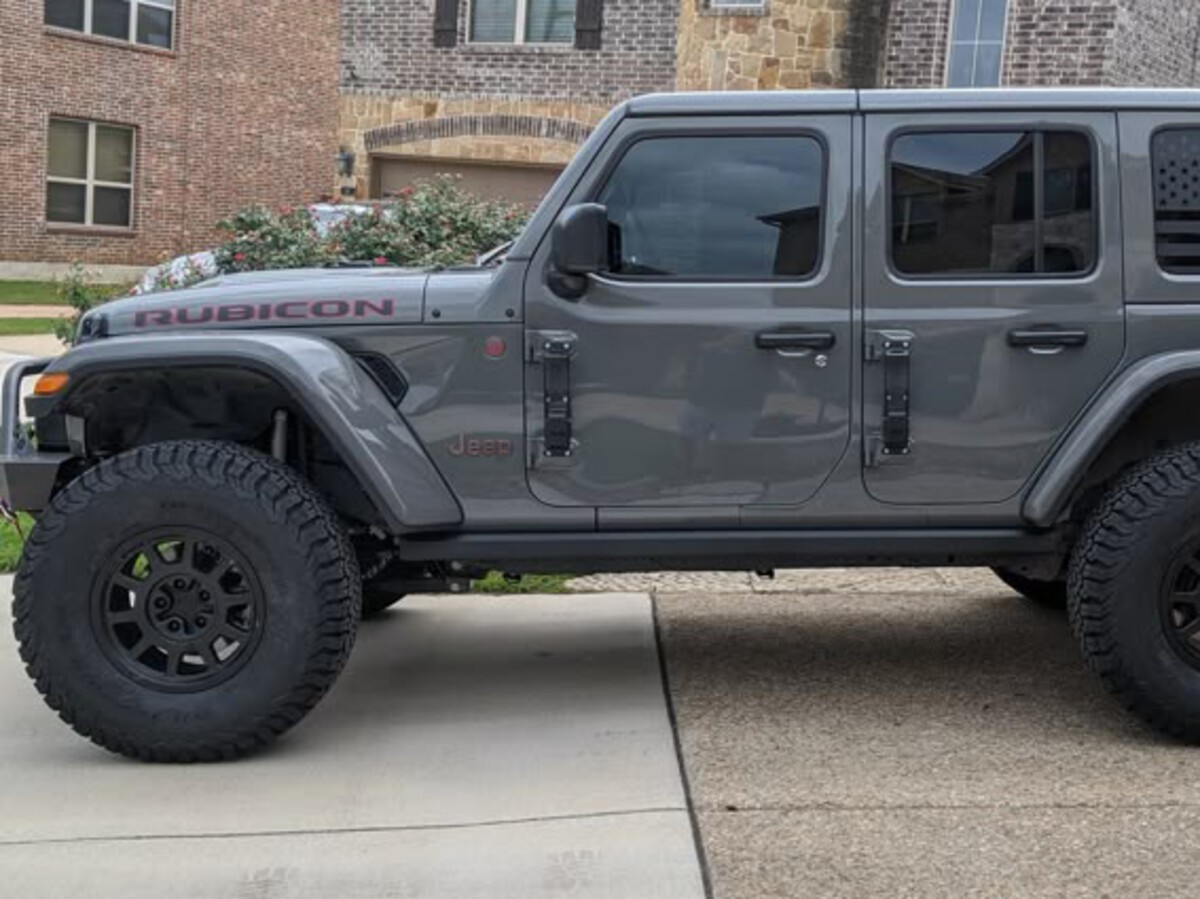
Jeep knows its customer base. These aren’t folks driving only to Starbucks. They’re hitting trails, mud holes, and rock gardens—where tire damage is common. That’s why the spare is full-size and mounted in a way that’s not just functional but aesthetically signature to the Wrangler’s boxy DNA.
There’s also the bonus of aftermarket compatibility. Want to upgrade to a beefier spare holder? Do it. Want a backup camera nestled into the spare? Already integrated.
Unlike modern SUVs that try to hide the spare as if it’s a blemish, the Wrangler flaunts it like a badge of honor. Because in Jeep land, having your spare in plain sight isn’t just smart—it’s expected.
3. Ford Bronco (2-Door and 4-Door)
The revived Ford Bronco isn’t just a nostalgia-fueled comeback—it’s a hardcore off-roader that takes spare-tire logistics seriously. In true utilitarian spirit, Ford gave the Bronco a rear tailgate-mounted spare tire that’s easy to reach and tougher than trail dust.
Just like the Wrangler, the Bronco’s design screams accessibility. You don’t need to remove gear from the trunk or crawl underneath with a flashlight. A quick release from the rear swing-gate setup and you’re swapping tires in minutes.
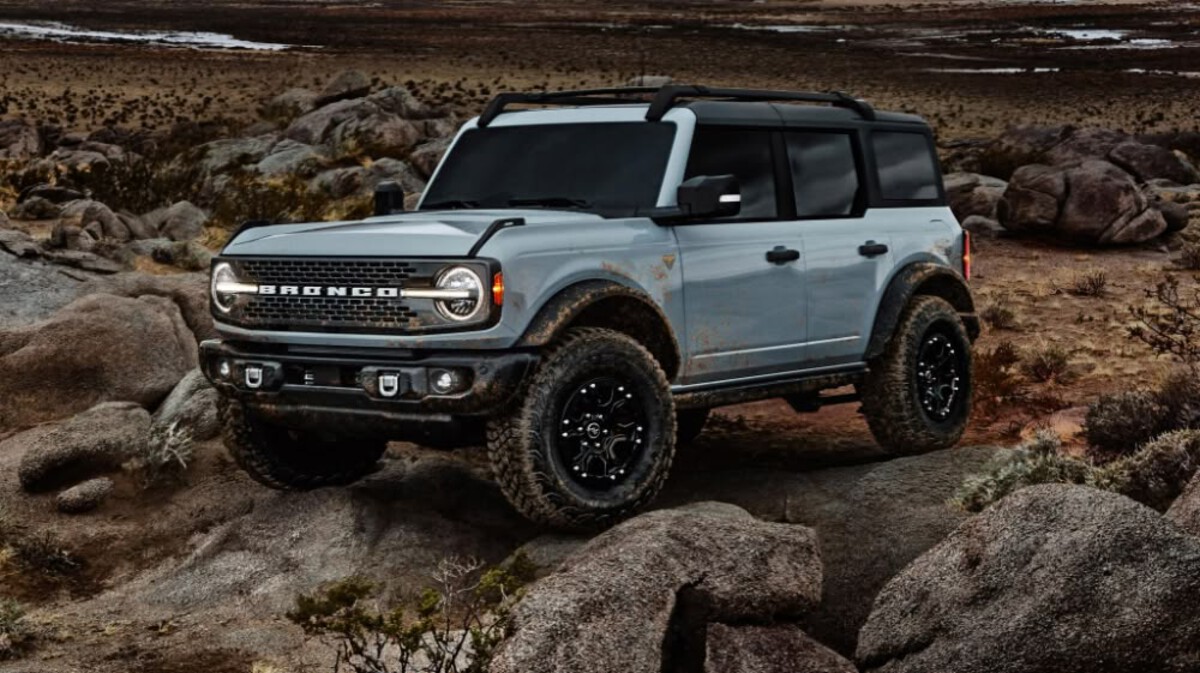
Ford didn’t stop at just slapping on a tire. The mount is engineered to withstand off-road vibrations and rough handling. Bonus points for integrating the rearview camera right into the center of the spare, which keeps visibility clean without sacrificing functionality.
This is what SUV design should be—adventure-focused and real-world functional. No owner of a Bronco wants to be fumbling with a buried spare in the middle of Moab or a sandy beach.
The Bronco is more than just style—it’s substance. And its approach to spare-tire access proves that Ford’s engineers weren’t just building a vehicle—they were building a reliable trail companion.
4. Suzuki Jimny
The Suzuki Jimny is proof that size doesn’t determine capability. This compact off-roader packs a punch—and a brilliantly placed rear-mounted spare tire.
In a world where automakers stuff spares under carpets or drop them beneath the chassis, the Jimny keeps it simple. It’s spare sits confidently on the rear door, easily accessible for city flats or mountain mishaps. One glance and you know this SUV means business.
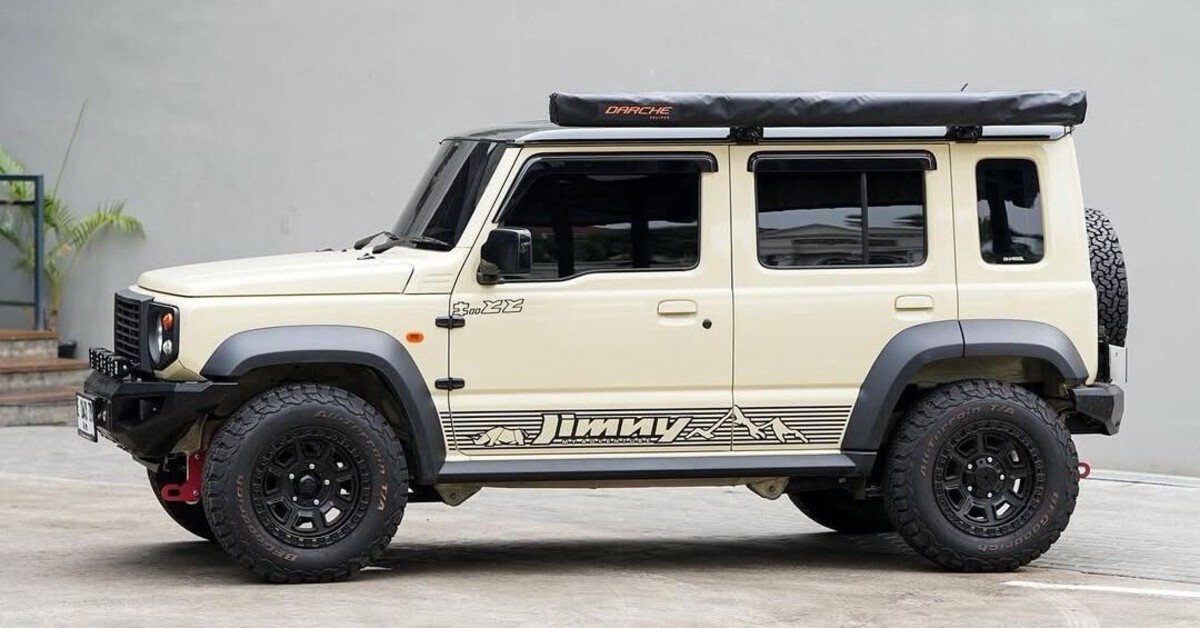
The Jimny is lightweight, which means every extra step during a tire change matters. With the rear-mount design, you’re not wrestling with heavy tools or jacking up a muddy underbody. It’s all there, clean and accessible. The compact tailgate makes opening and removing the tire a breeze—even in tight urban alleys or on narrow mountain passes.
Plus, it’s got that retro charm. A rear-mounted spare just looks right on this little box of adventure.
While most city crossovers lean into sleek, “spare-less” appearances, the Jimny embraces its utilitarian roots and makes no excuses for it. This is an SUV for the driver who actually drives, not just one who poses next to their car for Instagram.
5. Toyota Fortuner
The Toyota Fortuner combines rugged off-road genes with urban usability, and its spare-tire setup strikes a fine balance. Mounted underneath the vehicle, it still gets high points for accessibility thanks to its drop-down crank mechanism.
Located at the rear underbody, the Fortuner’s spare doesn’t require unloading cargo or lifting seats. Just insert the tool in the designated hole behind the rear bumper, crank it down, and the spare drops gracefully. No getting on your back. No fuss.
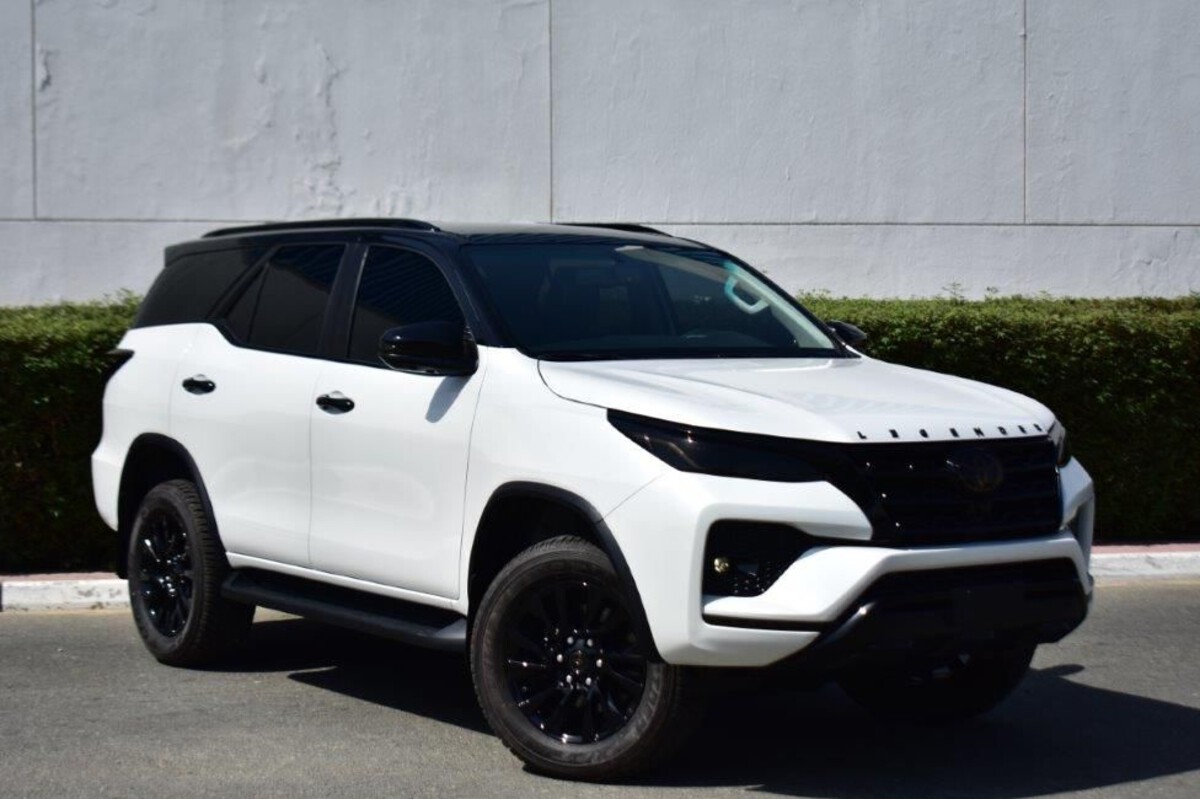
While not tailgate-mounted like the hardcore off-roaders above, the Fortuner’s system is engineered for ease and safety. The chain hoist is robust and doesn’t jam easily—unlike cheaper SUV designs. The tire is also shielded by a metal tray, protecting it from rocks, debris, and road grime.
Toyota’s reputation for practical engineering shows here. In markets like India, Australia, and Southeast Asia, where roads can go from paved to punishing in minutes, quick spare access is essential. The Fortuner delivers.
For those who need serious ground clearance but also want a clean aesthetic and secure tire mounting, this is a stellar middle ground.
5 SUVs With Buried Spares
Not all SUVs are created equal, especially when it comes to tire emergencies. These five models, despite their other strengths, make accessing your spare feel like an escape room challenge. From buried trunks to inaccessible panels, they’ll test your patience when you need it least. Here’s a list of the most frustrating SUVs when it comes to spare-tire design.
ALSO READ: 5 SUVs with the Best Digital Owner’s Manuals and 5 Paper-Only
1. Chevrolet Traverse
The Chevrolet Traverse offers plenty of interior space, comfort, and family-friendly features—but if you need the spare tire in a pinch, brace yourself. The spare is mounted underneath the rear of the vehicle, requiring a crank-down mechanism that only works if everything’s perfectly aligned (and not rusted).
Here’s the kicker: to access the crank, you often have to remove the rear floor mat, pull up a panel, and then crank downward while praying it doesn’t jam.
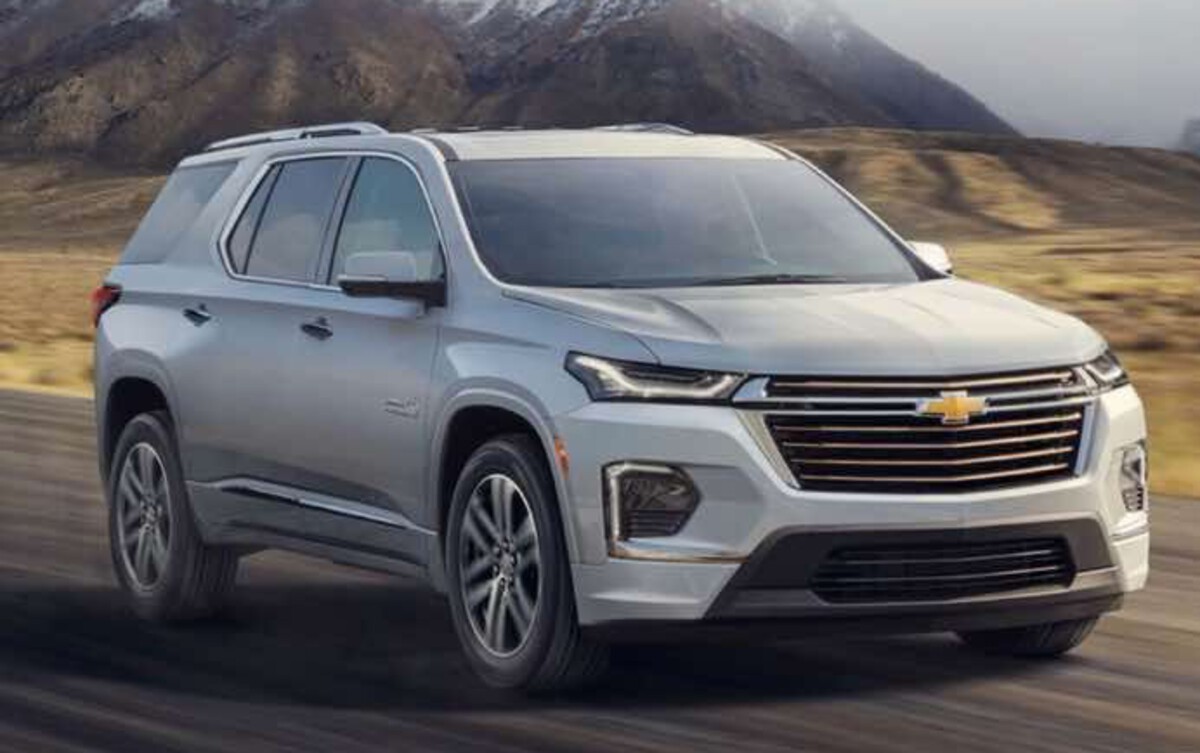
On older models, this system is notorious for seizing up due to corrosion. So, unless you check it regularly (and most don’t), you’re left stranded.
Also, the spare itself isn’t always full-size, depending on trim. So you’re doing all that work only to end up on a donut—not exactly comforting when you’re miles from the next service station.
2. Honda CR-V (2023 and Newer)
The Honda CR-V has long been a go-to for reliability, comfort, and fuel economy. But if you were hoping for easy spare-tire access—especially in the newer models—prepare for a letdown. Honda made a bold move in the 2023+ CR-V by eliminating the traditional full-size spare in many trims and burying a compact spare underneath the cargo floor.
Now, this wouldn’t be too bad if it were straightforward. But the cargo area is so well-integrated that to even get to the spare, you need to remove multiple layers of trim, including the floor cover, a hidden latch, and sometimes even the undertray if you’ve packed the cargo bay.
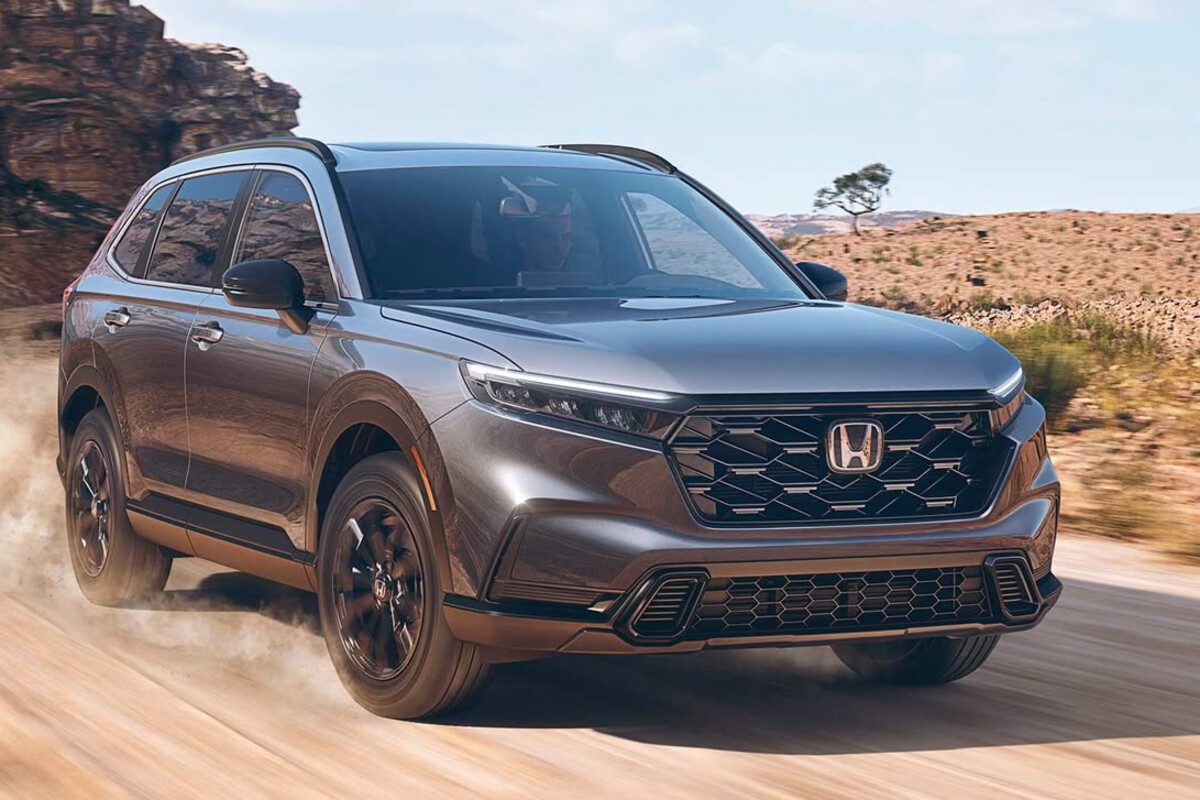
For a vehicle that’s often pitched as “adventure-ready,” this setup feels like a step backward. And heaven help you if you’ve loaded the cargo area with luggage or groceries—you’ll need to unload everything before you can even start.
On top of that, not every trim comes with a spare tire at all. In some cases, you get a tire repair kit instead, which is no comfort when you’re dealing with a torn sidewall or nail puncture.
3. Tesla Model X
Let’s get this out of the way—the Tesla Model X doesn’t have a spare tire. At all. Not buried, not hidden. Just non-existent. And while that might be fine for short-range city trips, it becomes a real issue on longer drives, especially in remote areas.
Elon Musk’s approach to spare tires is simple: you don’t need one. Instead, you get run-flat tires or roadside assistance. But real-world Tesla owners know that blowouts, rim bends, and punctures happen—and when they do, you’re calling a flatbed, not swapping tires.

There’s also no designated space for a spare, even a compact one. If you’re determined to carry your own backup, you’ll have to sacrifice trunk or frunk space and likely rig up your own mount system.
This might work for some, but for anyone used to traditional SUV practicality, it’s an unnecessary limitation. Sure, Tesla’s focus is on range, performance, and futuristic tech—but when it comes to on-the-spot tire fixes, the Model X is completely unprepared.
For road trippers, overlanders, or even suburban families who travel, the lack of even a buried spare feels like a major oversight.
4. Mazda CX-5
The Mazda CX-5 is often praised for its premium feel, excellent driving dynamics, and elegant design, but it stumbles when it comes to spare-tire accessibility. The compact spare is hidden deep under the rear cargo floor, and accessing it can be surprisingly frustrating in real-world situations.
First, you have to remove the carpeted panel and a couple of other layers just to get to the tire. Then, you need to dig out the tools, which are often scattered in compartments or tucked behind foam inserts. If your trunk is full, forget it—you’ll have to unload everything first.
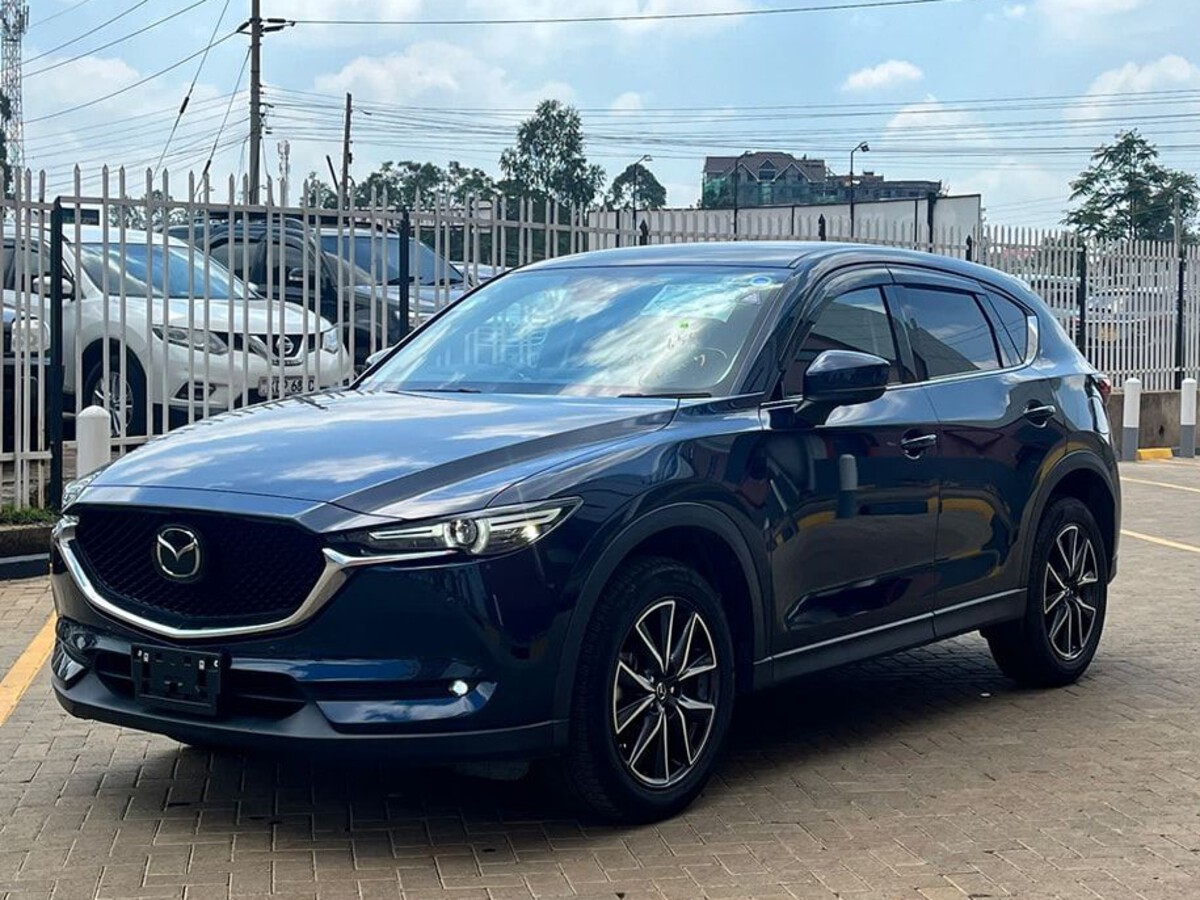
What’s worse is that many CX-5 owners don’t even realize the spare is there or how to reach it. Mazda made no effort to simplify the layout, and there’s no external crank mechanism like Toyota offers in some models. You’re basically stuck doing a jigsaw puzzle before you can even think about loosening lug nuts.
And let’s be honest—this car is marketed as a crossover SUV. People expect it to handle occasional road trips, country driving, or even the odd construction-zone detour. But the buried, hard-to-reach spare is a serious dent in its adventure-ready image.
5. Volkswagen Tiguan
The Volkswagen Tiguan is a European-styled SUV that delivers on refinement, space, and infotainment tech—but it underdelivers in a big way when it comes to spare-tire design. Like many crossovers in its class, it hides the spare in the deepest layer of the cargo floor, making access a chore.
You’ll first need to remove the cargo mat, then lift the floorboard, and finally remove the foam padding to reach the compact spare and tools. It’s a multi-step process that requires emptying your trunk first, which isn’t ideal when you’re dealing with a flat on the side of the road or in bad weather.

To make matters worse, the tools are often not intuitively placed and can shift around with time, making them difficult to locate quickly. The spare itself is typically a space-saver tire, meaning you’ll be limited in distance and speed after installing it.
Volkswagen’s focus on aesthetics and minimalist design seems to have trumped utility here. It’s a shame, considering the Tiguan is otherwise a capable family SUV.
In short, the spare-tire accessibility is buried beneath the user experience, which could be problematic when it matters most.
Spare-tire accessibility isn’t just a nerdy automotive detail—it’s a make-or-break factor when you’re stuck with a flat in the middle of nowhere. As an automobile addict, I’ve seen it all—from the beautifully simple rear-mount setups of the Land Cruiser and Wrangler to the utterly confusing spare locations in the CR-V and Tiguan. And let’s not even talk about the Teslas of the world that don’t even come with a spare.
The takeaway? If you’re shopping for an SUV and love adventure, off-roading, or even just peace of mind, pay close attention to where and how your spare tire is stored. A well-placed spare means quicker recovery, less stress, and fewer surprises. A buried or missing spare means wasted time, towed vehicles, or worse.
Whether you’re a weekend trail junkie or a city commuter who can’t afford roadside delays, choose your SUV with tire practicality in mind. Because when you’re on the road, it’s not a question of if you’ll need that spare—it’s when.

